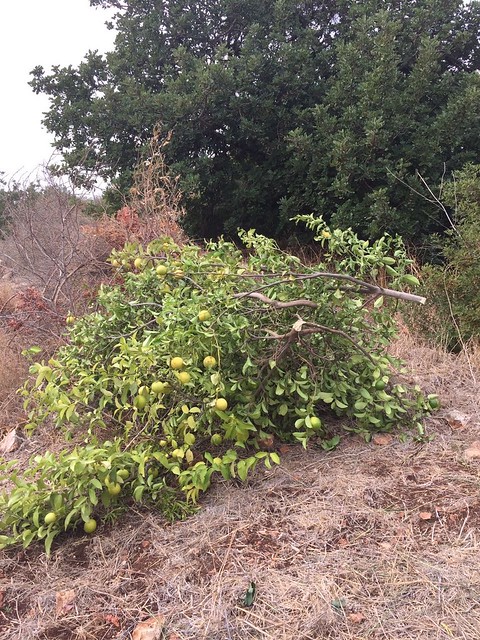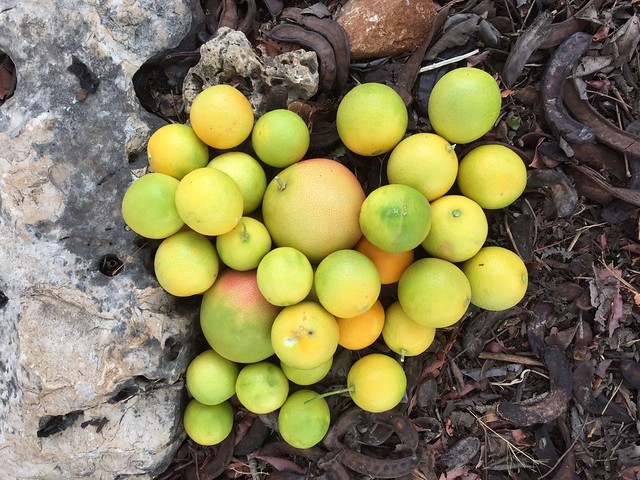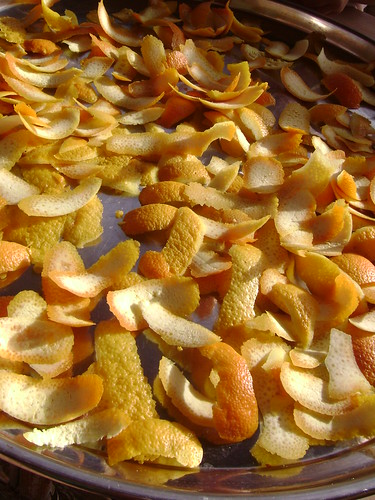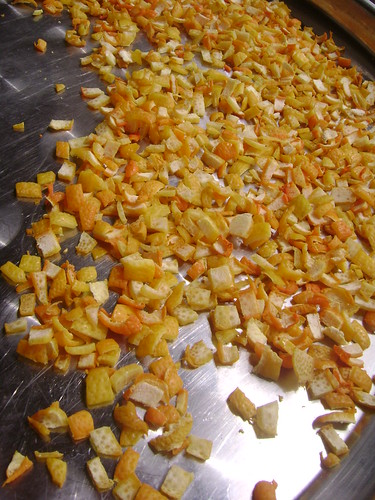Persian Carrot Jam
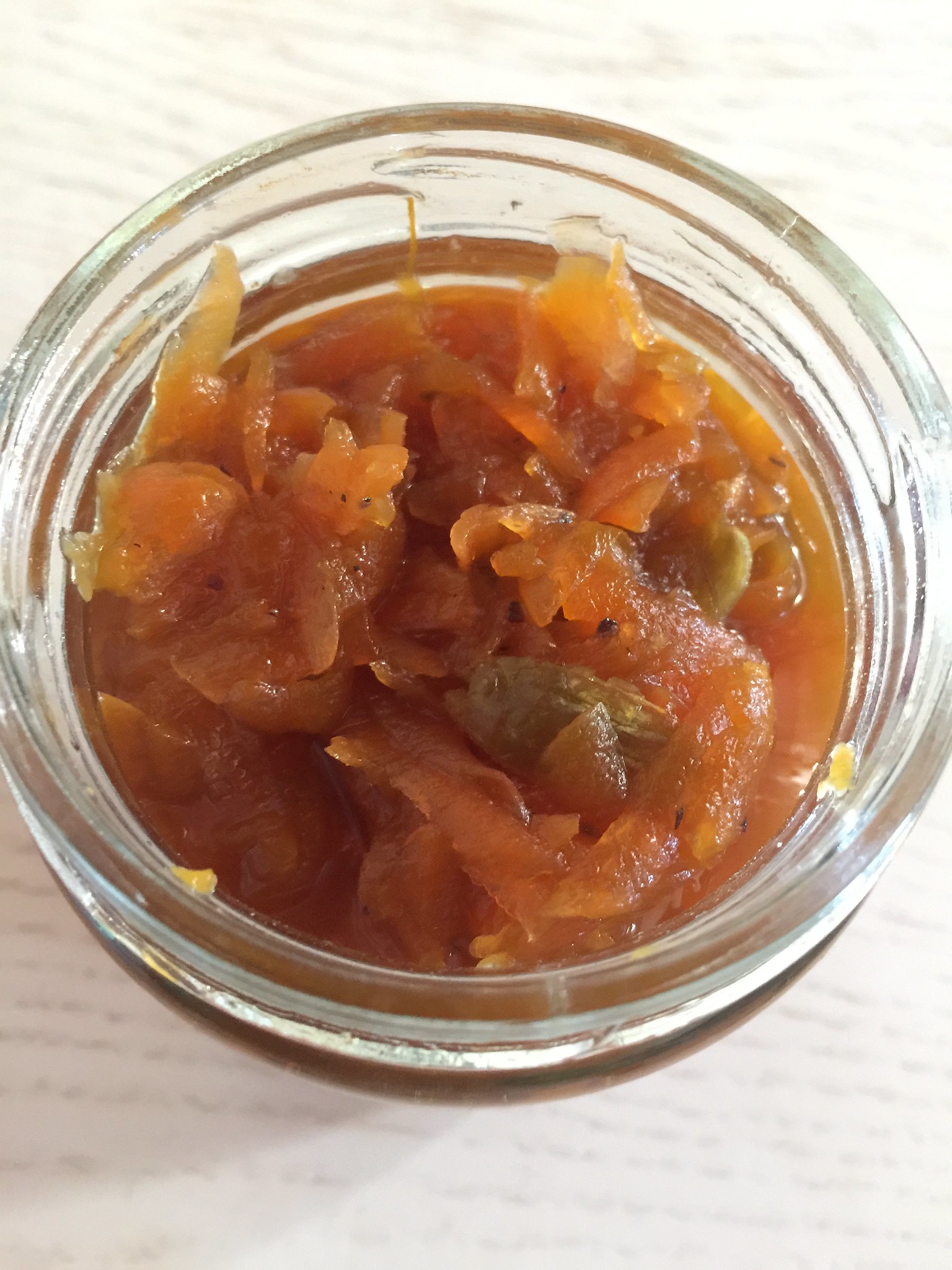
Carrot jam is a traditional Persian jam made for the holiday of Nowruz. I always like to find new recipes for using carrots - to me they are like magical golden roots, and their existence is surprising especially if you know the wild carrot (Daucus carrota), AKA Queen Anne's Lace. Although this is an impressive plant - its root is thin and colourless. How it became to be the plump orangey sweet thing that it is today is nothing short of amazing!
The recipe below is a spin off on Yasmin Khan's recipe from her book The Saffron Tales, with small adjustments of my own - because I can't follow a recipe straight as it is without adding my own "flavours". Also, I would advise using pectin for this jam as it is very runny and syrupy even after exceeding the cooking time.
I intend to serve it at Vashti's High Tea this Thursday, an event I planned to coincide with the Vernal equinox. However, due to Purim happening that same night, we'll celebrate it a week early. It is not going to be as lavish as my tea parties in Vancouver, because Israelis don't understand half a thing about tea... To them "tea" means any bunch of herbs picked from the garden and thrown in a glass of water. Which is charming and delicious but not "tea" in the proper way as it is known in Asia and many other parts of the world that truly appreciate tea!
Nevertheless, it is going to be fun and flavourful. And most importantly - this is going to commemorate 18 years of my brand's existence. If you can't make it to the event can still enjoy an 18% off your online purchases with code Chai18 throughout the month of March. Chai is not so much for the type of tea but the word in Hebrew meaning life, and which is also the number 18, numerically speaking. If you're jewish you know exactly what I mean... If you're not then look it up!
Now, let's cook some jam!
Ingredients:
500g carrots, grated
5 green cardamom pods
A few strands of saffron
Zest of one small Seville orange (you may substitute with another citrus rind to your liking, i.e. sweet orange, blood orange, lemon or lime)
500ml water
250g granulated sugar
3 Tbs Seville orange juice
1 Tbsp rosewater
- Wash and grate the carrots (peel if they are not as fresh and the skin is bruised etc.)
- Peel the cardamom pods. Crush the seeds in a mortar and pestle.
- Add the seeds and the cardamom shells in a medium sized pot, as well as the saffron strands and citrus zest, water and sugar.
- Bring to the boil and then turn down the heat and simmer for 10 minutes, allowing the sugar to dissolve completely and the water to reduce.
- Add the seeds and the cardamom shells in a medium sized pot, as well as the saffron strands and citrus zest, water and sugar.
- Bring to the boil and then turn down the heat and simmer for 10 minutes, allowing the sugar to dissolve completely and the water to reduce.
- Add the grated carrots and bring to a rolling boil. Cook for 20 minutes until the carrots are soft and the water is syrupy.
- Meanwhile, sterilize your jam jars: Preheat the oven to 140C/ 225F, wash the jars and lids in hot soapy water and put them in the oven for about 10 minutes. When they have dried completely remove them from the oven and leave to cool.
- Once the carrots have cooked for 20 minutes, and are completely soft, lower the heat, add the citrus juice and rosewater and cook for another 5 minutes or more, until the syrup has thickened a bit. Remove from the heat, transfer the jam to the sterilized jars and seal.
- Leave to cool completely, store in the fridge and eat within a month.
- Leave to cool completely, store in the fridge and eat within a month.




